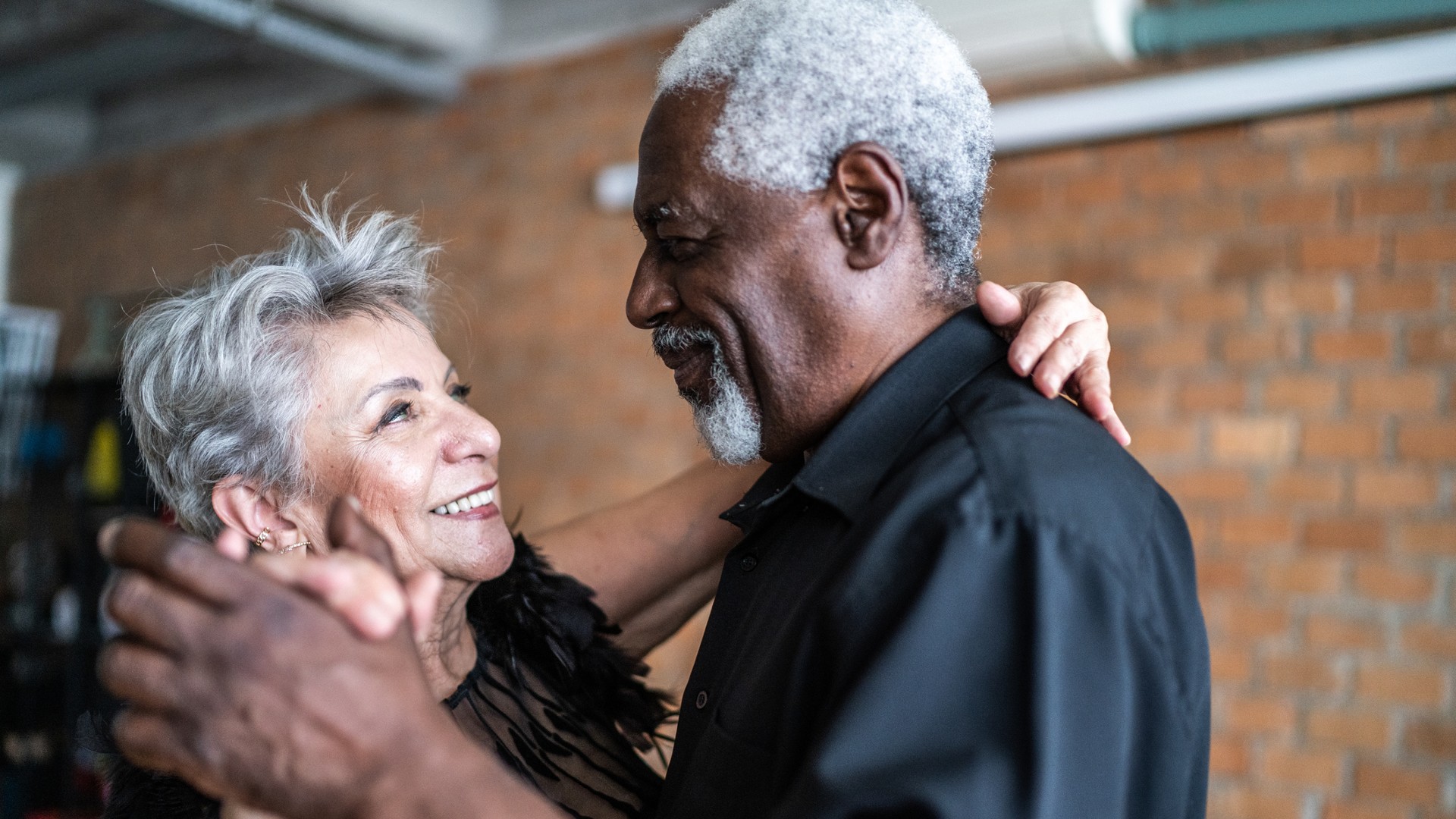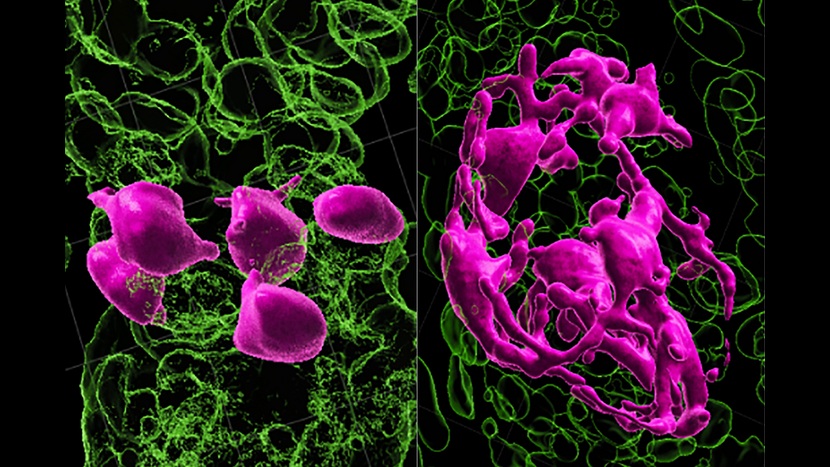Why does hair turn gray?
Hair grays because pigment-producing cells get stuck within the hair follicle, research suggests.

Gray hair is an inevitable part of growing older. The chances of hair graying increase 10% to 20% every decade after age 30, the Library of Congress notes. By age 61 to 65, 91% of people will display some level of hair graying, according to Melissa Harris, an associate professor of biology at the University of Alabama at Birmingham.
But why does hair turn gray?
The color in hair, skin and eyes is largely the result of pigments known as melanins. There are two kinds of melanin in hair: eumelanin, which is found in black, brown and blond hair, and pheomelanin, which is in red hair, according to the National Library of Medicine.
Melanin in hair is produced by cells known as melanocytes, which inject the pigment into the shaft of each hair as it grows, according to the University of Alabama at Birmingham. These cells reside at the bases of hair follicles, the structures within the skin that grow hair.
With age, melanocytes decrease in number. Less melanin results in gray hair, while no melanin leads to white hair, according to the Library of Congress.
Related: Why do men have facial hair but women don't?
Melanocytes are generated by a small number of melanocyte stem cells within a niche in the hair follicle. Scientists had thought a long-term group of these cells multiplied continually to produce more of themselves, with some of these cells occasionally migrating down the hair follicle to mature into melanocytes, according to New York University Grossman School of Medicine and NYU Langone Health.
Get the world’s most fascinating discoveries delivered straight to your inbox.
After researchers had monitored melanocyte stem cells in mice for two years, a 2023 study in the journal Nature unexpectedly found that these cells actually migrate up and down the hair follicle over time. As these cells age, they stop these migrations, resulting in fewer melanocytes and graying hair.
Specifically, the Nature study found that during the active phase of hair growth in mice, melanocyte stem cells moved toward the base of the hair follicle to mature into melanocytes. Surprisingly, later during hair growth, melanocytes migrated back up to their original niche in the hair follicle, where they reversed their maturation to become stem cells again. In mice, these cells could perform this yo-yo cycle of migration for at least two years, about the adult lifetime of the rodents.
However, as hair ages, increasing numbers of the cells do not migrate back to their niche. Instead, they get stuck within the hair follicle, incapable of either maturing into melanocytes or continuously proliferating as stem cells, the Nature study found.
Previously, scientists thought gray hairs resulted from melanocyte stem cells depleting in number over time. "The fact that our hairs may contain inactive melanocyte stem cells suggests a target for reactivation for the purposes of repigmentation," Harris told Live Science. "That would be cool."
No other stem cells are currently known to migrate back and forth and switch maturity in this manner. Discovering a way to target this flexible behavior could help treat melanoma, a dangerous form of cancer that may result from melanocyte stem cells, William Lowry, a professor of molecular, cell and developmental biology at the University of California, Los Angeles, told Live Science.





